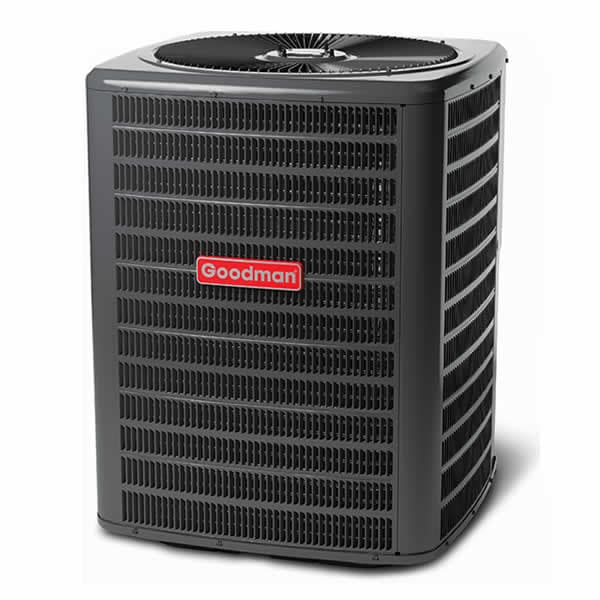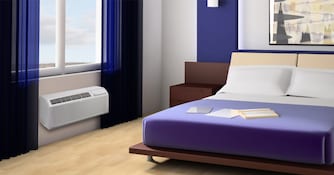
Air Conditioning 101
Can you imagine life without air conditioning? Oppressive heat waves that can melt the rubber on your shoes, cook an egg on the dashboard of your car, and make it nearly impossible to have a good night's rest -- sounds miserable!
Thankfully, central air conditioning makes your home cool and comfortable in the sweltering sun. Learn how your home's A/C system works to improve its performance and feel more confident finding a replacement if it breaks during the dog days of summer.
What is Central Air Conditioning?
Central air conditioners remove heat from your home and pump it outside, leaving cool indoor air. They have been the most common method of cooling in the United States since the 1960s.
They consist of an outdoor condenser unit, an indoor cooling coil, and ductwork that carries cool air throughout the home. A central air conditioning system is sometimes referred to as a "split system" because the indoor and outdoor components are separated.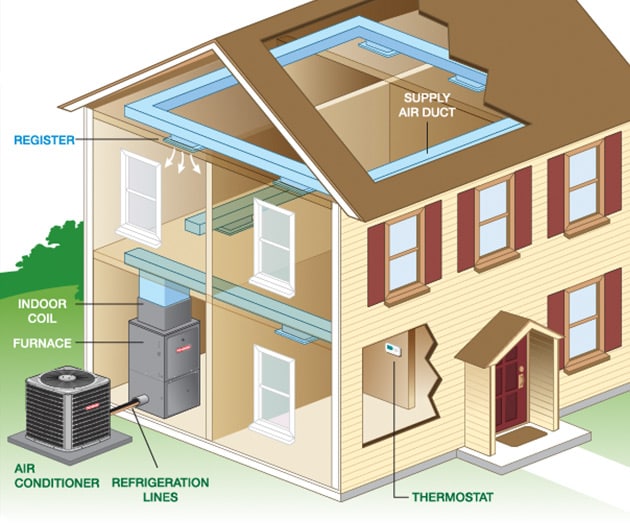
How Central Air Conditioners Work
Similar to how a sponge soaks up water, central air conditioners absorb the heat from inside the home and eject it outside through a process called the refrigeration cycle.
It's easy to understand how an air conditioner works once you see how the parts operate together.
Parts of an Air Conditioning System
Split into two parts; a central air conditioning system contains an outdoor condenser unit (below) and a coil housed on top of the furnace or inside air handler. The outdoor condenser, which does most of the work, operates in tandem with the air handler/furnace that distributes the conditioned air into rooms of your home. Take a look at the cutaway diagram below to see what is inside an A/C condenser.
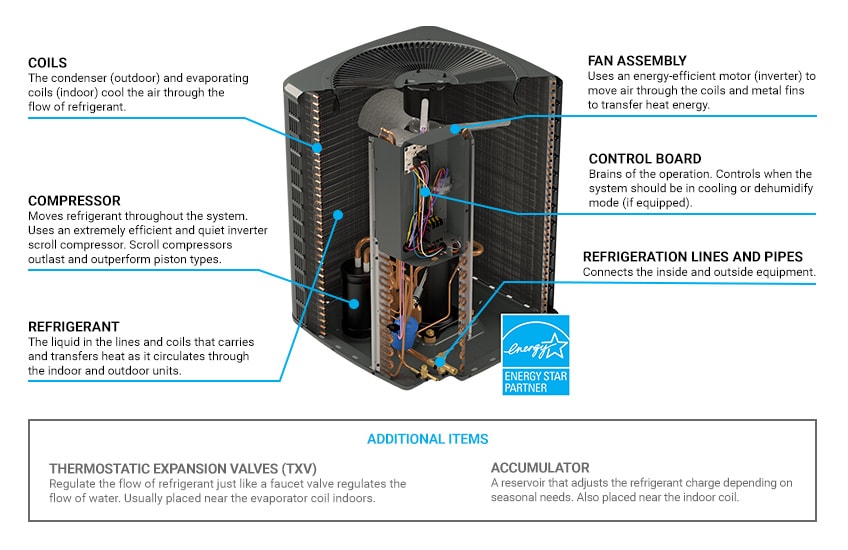
The Refrigeration Cycle
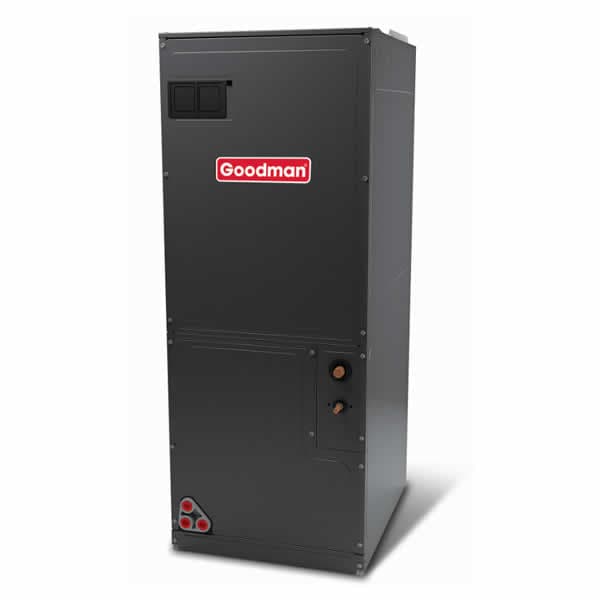 The cooling process starts when the thermostat detects the interior temperature has risen above the setpoint. It signals the control board in the air handler and goes into action.
The cooling process starts when the thermostat detects the interior temperature has risen above the setpoint. It signals the control board in the air handler and goes into action.
- The internal blower draws in the hot, moist indoor air from the return ducts into the air handler/furnace cabinet to be conditioned.
- Dirty air entering the cabinet first passes through an air filter that traps dirt and debris.
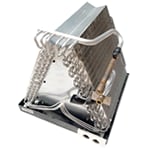
- The clean air then passes through the evaporator coil. Using metal fins to increase its surface area, the evaporator coil extracts heat and moisture from the warm air as the air passes through it. The clean, cool air is circulated throughout the home.
- A pair of copper tubes containing refrigerant, called a Line Set, connect the indoor coil with the outdoor condenser.
- The condenser dissipates the heat trapped inside the line coming from the evaporator coil by cycling it through its coils, where a fan at the top pushes air to accelerate the process. The refrigerant is then compressed and travels back to the indoor evaporator coil, where the cooling process continues.
HVAC Cheat Sheet
It's a good idea to familiarize yourself with the technical language used by HVAC professionals to understand your system when it comes to making repairs or buying a new unit.
- HVAC - Stands for heating, ventilation, and air conditioning. This acronym is used to categorize all equipment used to regulate air temperature, humidity, and air quality.
- Split-System - In reference to parts of the system operating both indoors and outdoors. In a split system, the condensing unit is found outside.
- BTU - British Thermal Units - a measurement of how much heat energy can be removed from the air in an hour.
- Ton - A measurement that refers to the cooling capacity your unit can provide under normal conditions. 1 Ton is equal to approximately 12,000 BTUs. Tons are often used when sizing a unit for your home, which can be determined based on the square footage needed to be cooled or heated.
Unmatched Expertise
Conveniently, the furnace, air conditioning, and electrical systems all work automatically without us needing to fumble around in the basement or, worse, a hot attic. Until something goes wrong.
Learning about your air conditioning system may seem overwhelming at first, but once you have the basics down, you'll be able to understand not only how your system works, but also decipher jargon to make buying a replacement simple.
If you have questions about your central air conditioner, we'd love to hear from you.
Central Forced-Air Buyer's Guide
HVAC-101 | Gas Furnaces-101 | Heat Pumps-101 | Packaged Units-101 |

